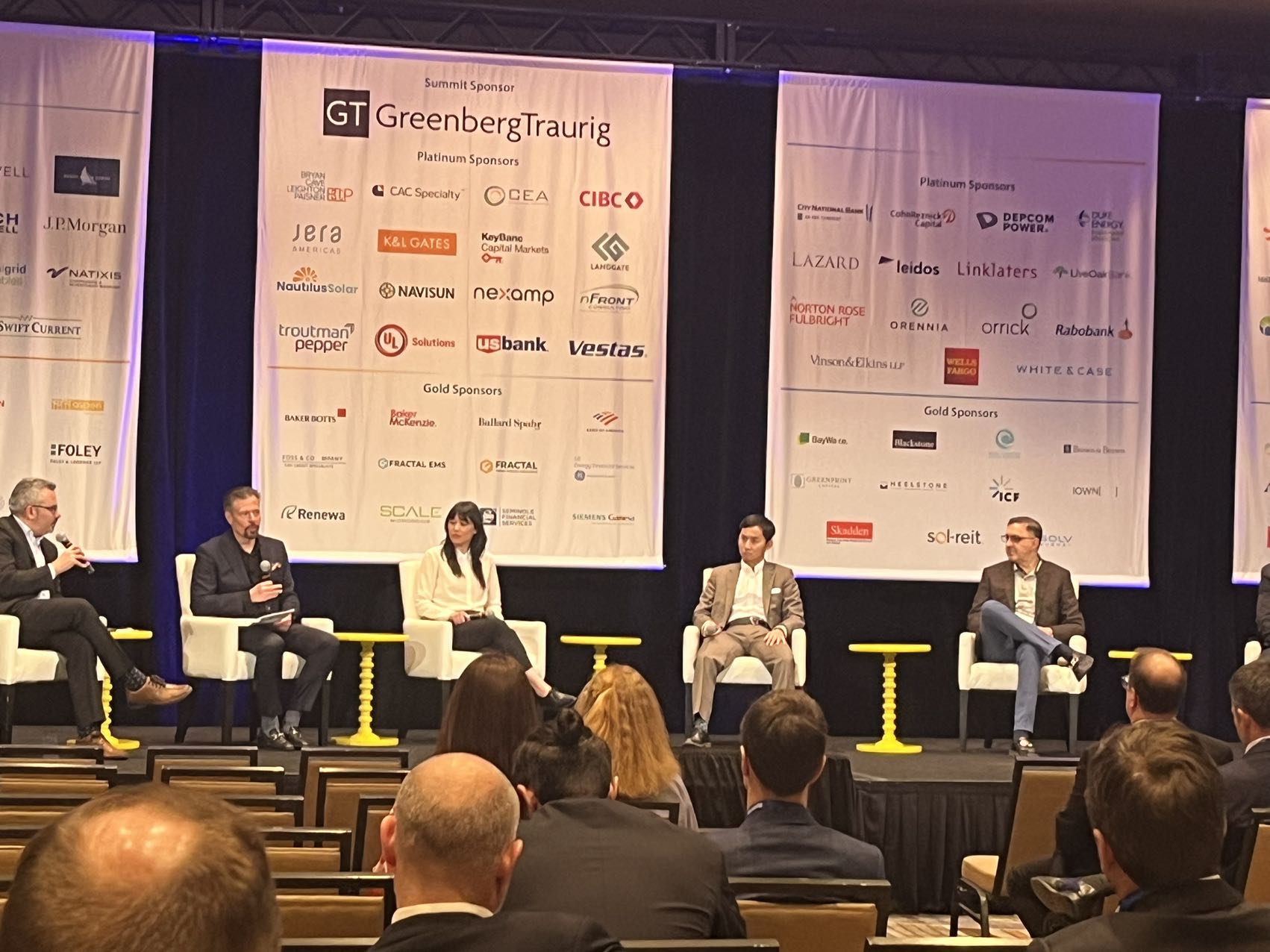By Jade Jones, Senior Market Strategy Manager, LONGi Solar U.S.

The U.S. solar industry has grappled with an unprecedented amount of supply chain risk and uncertainty over the past couple of years. While some of the risk seem like an inevitable condition of the time we lived in (COVID, shipping crisis, various input shortages), the most impactful challenges seemed needless and done without industry support (more solar trade wars). Ultimately, supply risk led to a decline in PV installations in 2022.
Over the past year, there were two significant policy moves that provided the industry clarity and confidence as it rebuilds: the Inflation Reduction Act (IRA) and the Presidential Proclamation establishing the two-year antidumping/countervailing duties (AD/CVD) tariff safe harbor for PV cell and module imports from major Southeast Asian PV manufacturing hubs.
If the mood among the 2000-plus attendees at the recent Solar + Wind Finance and Investment Summit is any indication, optimism is budding, although somewhat tempered by newer supply chain uncertainty; specifically, threats to the presidential safe harbor. I participated in a panel discussion titled “Ouch & Never Again: Anti-Circumvention/Biden Moratorium,” which addressed this issue. My fellow panelists represented the developer-owner-operator, market research and manufacturing perspectives.
The panelists described the current state of play with AD/CVD, noting Commerce is wrapping up stakeholder briefings before issuing a final determination ruling (currently expected around May 1, may be pushed out as they work through final briefings). We also discussed a threat that further extends tariff case uncertainty – the Congressional Review Act (CRA).
Panelists agreed that passing the CRA would have an immediate and devastating impact on the industry, stalling solar deployment and harming U.S. installation and manufacturing jobs over the next year. We also noted the CRA faces an uphill battle, since it must secure enough votes (two-thirds majority) in the House and Senate to overturn an almost-certain presidential veto. The industry will have clarity on the CRA risk by early June.
Net net, near-term market uncertainty continues as availability of supply remains a concern, but the longer-term outlook looks bullish.
To address these supply challenges, the leading solar manufacturers are actively diversifying their global solar production footprint, with a steady stream of companies announcing plans to build or expand U.S. manufacturing.
The Department of Treasury is balancing different views on what constitutes “domestic content” for the Investment Tax Credit (ITC) adder and is expected to announce guidelines in Q2. This will bring much needed clarity and could spur even more manufacturing announcements. These new investments will take time to come online and will not start to significantly impact U.S. PV supply until 2024 or 2025.
Just days before the summit began, SEIA and Wood Mackenzie issued the “U.S. Solar Market Insights 2022 Year in Review.” It envisions a path toward over 60 GW of annual deployments by the end of the decade (~3x growth vs. 2020). To some stakeholders investing and building in the U.S., even that forecast may be too conservative. Assuming progress on permitting reform and transmission expansion, we think U.S. deployments can grow 4x or even 5x within the decade.
This much is clear: the U.S. solar market will see significant growth over the next decade, and solar PV will continue to account for most of the new electricity-generating capacity for years to come—and LONGi’s high-performance modules will continue to play a major role in transforming the U.S. energy sector.
# #